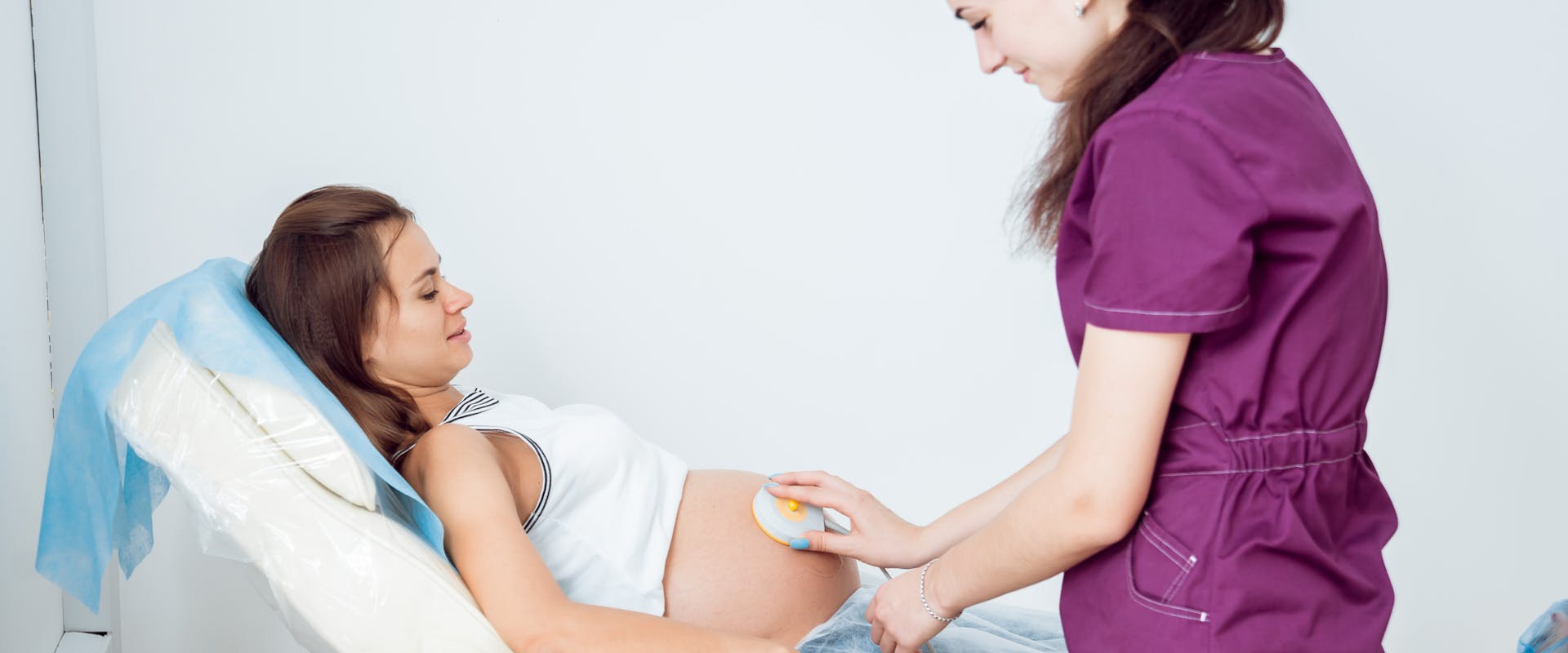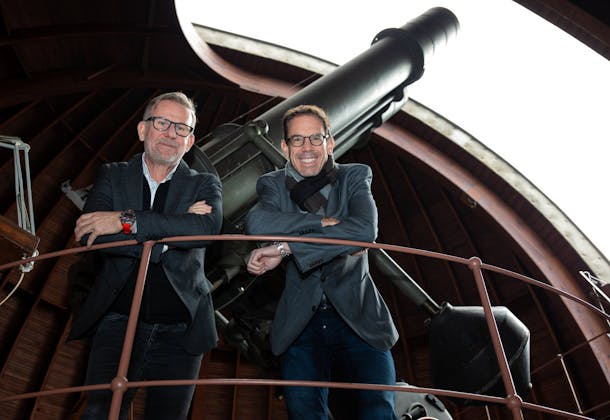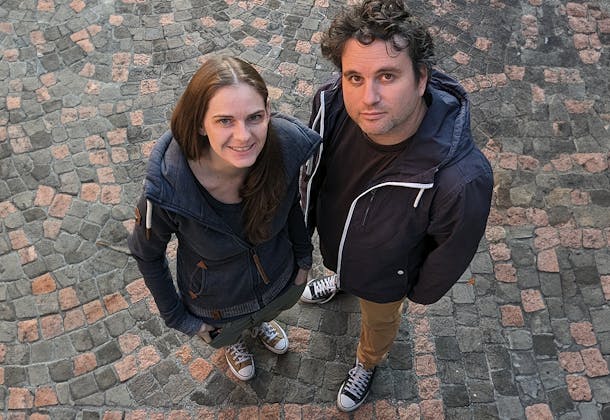Alongside ultrasound, a cardiotocograph or CTG for short, is a medical device used during pregnancy and childbirth to monitor the baby’s heart rate and the mother’s contractions. It is routinely used by doctors during prenatal care and childbirth. Developed in the 1960s, CTG is a proven method to monitor the health of mother and child and identify possible complications early. Nonetheless, the process has drawbacks in managing and interpreting the measurement data. Dr. Anda Radan, Senior Physician for Obstetrics and Gynecology at the Women's Clinic of the University Hospital Bern explains that: "The current CTG devices we use rely on sensors that are bulky and the whole system is complicated to use. Patients must usually lie down to ensure sufficient signal quality, which in turn restricts their movement."
Alternative solutions to the bulky CTG devices have been explored for some time. "We imagine an ergonomic, accurate, real-time, user-friendly, and portable system for monitoring pregnancy and labor that is wireless. Ideally it would operate without the assistance of a healthcare professional, enabling monitoring at home or during sleep," surmises Dr. Radan.
Together on the road to continuous, unsupervised, long-term monitoring
As part of a research project funded by ESA’s (the European Space Agency) Technology Transfer Program, CSEM and the Women’s Clinic of the University Hospital Bern have been investigating since 2019 how CSEM’s cooperative sensor technology can meet the requirements of modern, convenient pregnancy care. The modular sensor technology enables both the simultaneous measurement of the heart rate of the mother and the unborn child and, in a future version, the monitoring of labor activity. Specifically, it involves multiple, smaller sensors that are attached to a belt worn around the mother's abdomen.
Secondly, this approach enables a miniaturized system, since the electronics are integrated directly into the dry electrodes, and thus paves the way for a fully wearable system that could be sewn into comfortable textiles and easy-to-clean textiles, such as abdominal band, in the distant future. Instead of electrodes being glued on in a star shape on the mother abdomen by healthcare professionals, the modular and miniaturized sensors are placed in a grid like pattern throughout the abdominal sensing band, where they are connected by just two cables. The use of dry electrodes instead of adhesive electrodes not only increases comfort and avoids skin irritation, but it also improves the systems ease of use by eliminating the time-consuming and precise positioning of CTG electrodes by healthcare professionals. CSEM’s and the Women’s Clinic’s current belt system is being tested on approx. 30 patients and the initial results are promising (Evaluation of a Wearable System for Fetal ECG Monitoring Using Cooperative Sensors - PubMed (nih.gov)). In a next step, the project partners will focus on miniaturizing the sensor concept as part of the European research project Newlife, where they will focus on optimizing user-friendliness and handling in a clinical context through further studies on patients.
Better interpretation of CTG data thanks to AI
It will be a while before the wearable described above is routinely used. Therefore, CSEM and the Women’s Clinic of the University Hospital Bern are working on a related project to more reliably interpret CTG data, the standard clinical examination. Indeed, interpretation requires sound training and a certain amount of experience. The teams are working on developing an AI-based expert system to support clinicians’ decision making before and after childbirth. The algorithms have been developed using the Women's Clinic’s CTG database, containing more than 15,000 births from the past 17 years. The initial results have been published in a scientific paper, and a patent is being prepared. Further analyses with additional data have now been initiated to optimize the algorithms.
Both projects demonstrate successful collaboration in multidisciplinary medical research projects that bring together expertise from different fields and pave the way for a digitized and humane healthcare system.
Wearable devices are revolutionizing health monitoring, offering real-time insights for safer care. Discover our expertise in the Digital Health section.



